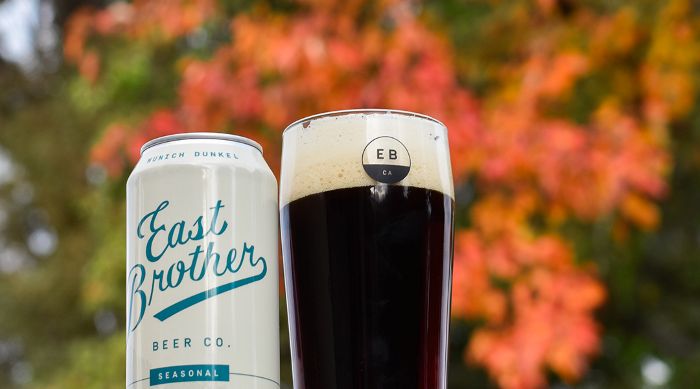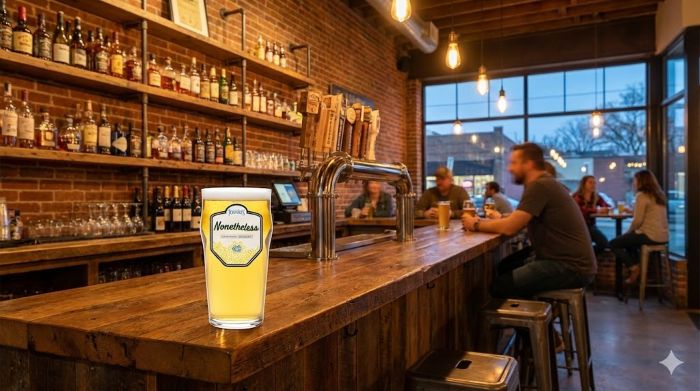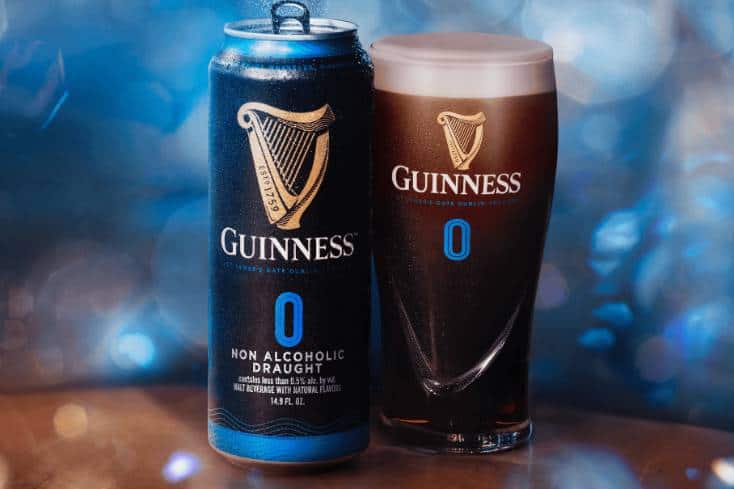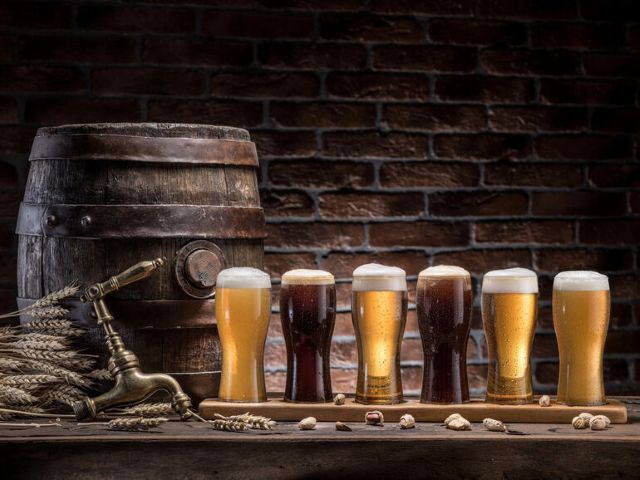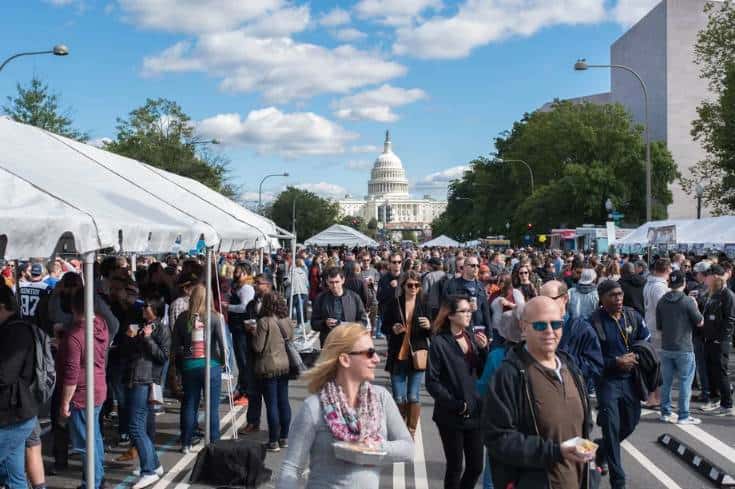2023 – A Difficult Year For The Craft Beer Biz
2023 – A Difficult Year For The Craft Beer Biz
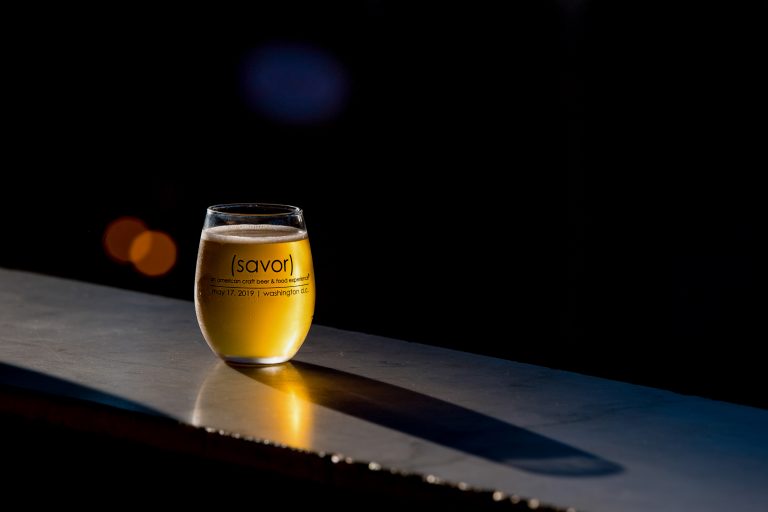
Photo © Brewers Association’
In 2023, the craft brewery industry faced many challenges and although 420 new breweries opened according to Bart Watson, chief economist, for the Boulder, Co-based Brewers Association, over 385 craft breweries shut their doors.
It was a year that many craft brewers would rather forget. Beer sales slowed and many small breweries in the US, were forced to call it quits.
And there are several reasons why 2023 was so difficult for craft brewers…
Economic Pressures
The economic landscape has been tough on craft breweries. Inflation has been brutal and the rising costs of ingredients, labor, and distribution put significant pressure on profit margins.
As a result many craft breweries, unable to absorb these costs, found it untenable to continue their operations. And as brewery closures escalated, an influx of used brewing equipment flooded the US resale market in 2023, often selling at a fraction of the original cost.
Pandemic Aftershocks
The COVID-19 pandemic left lasting effects on the craft beer sector that continue to reverberate. Mirroring the US decline in the overall beer sector, craft brewery production slowed… Craft brewers produced 23.4 million barrels of beer in 2023, a decline of !%.
Draft beer sales, a crucial revenue stream for many breweries, have not returned to pre-pandemic levels. And the decline of draft beer sales, although traditionally only 10% of the overall beer sold in these United States, speak to further troubles to come.
Brewers have a history of building a following for their beers in bars and restaurants, using the promise of fresh-from-the-tap beer to curry interest and create loyalty with customers, according to VinePair. And draft beer sales have simply not rebounded in the wake of the pandemic. Watson noted that some 2 million barrels of draft beer had gone “missing” from mid-year charts and that’s concerning.
Market Saturation and Competition
“The number of US craft breweries continued to climb in 2023, reaching an all-time high of 9,761,” according to the Brewers Association, “including 2,092 microbreweries, 3,502 brewpubs, 3,910 taproom breweries, and 257 regional craft breweries.”
The market for craft beer has become increasingly saturated. With thousands of breweries vying for consumer attention, many struggled to differentiate themselves and maintain a loyal customer base.
An increasingly competitive landscape made it difficult for smaller operations to survive in 2023, particularly those without a strong local following or unique product offerings.
A Declining Interest in Craft Beer
The decline of craft beer sales, and the decline of draft beer sales in particular, point to the sobering reality that consumers are just not as interested in craft beer as they were a decade ago. Craft beer is just not as “red hot” as it once was.
“The maturing craft industry continues to grow more competitive, facing both internal business pressures and externally the continued growth of new beverage alcohol competitors, “Watson noted in the Brewers Association’s annual Year in Beer report. ”Things are more challenging.”

